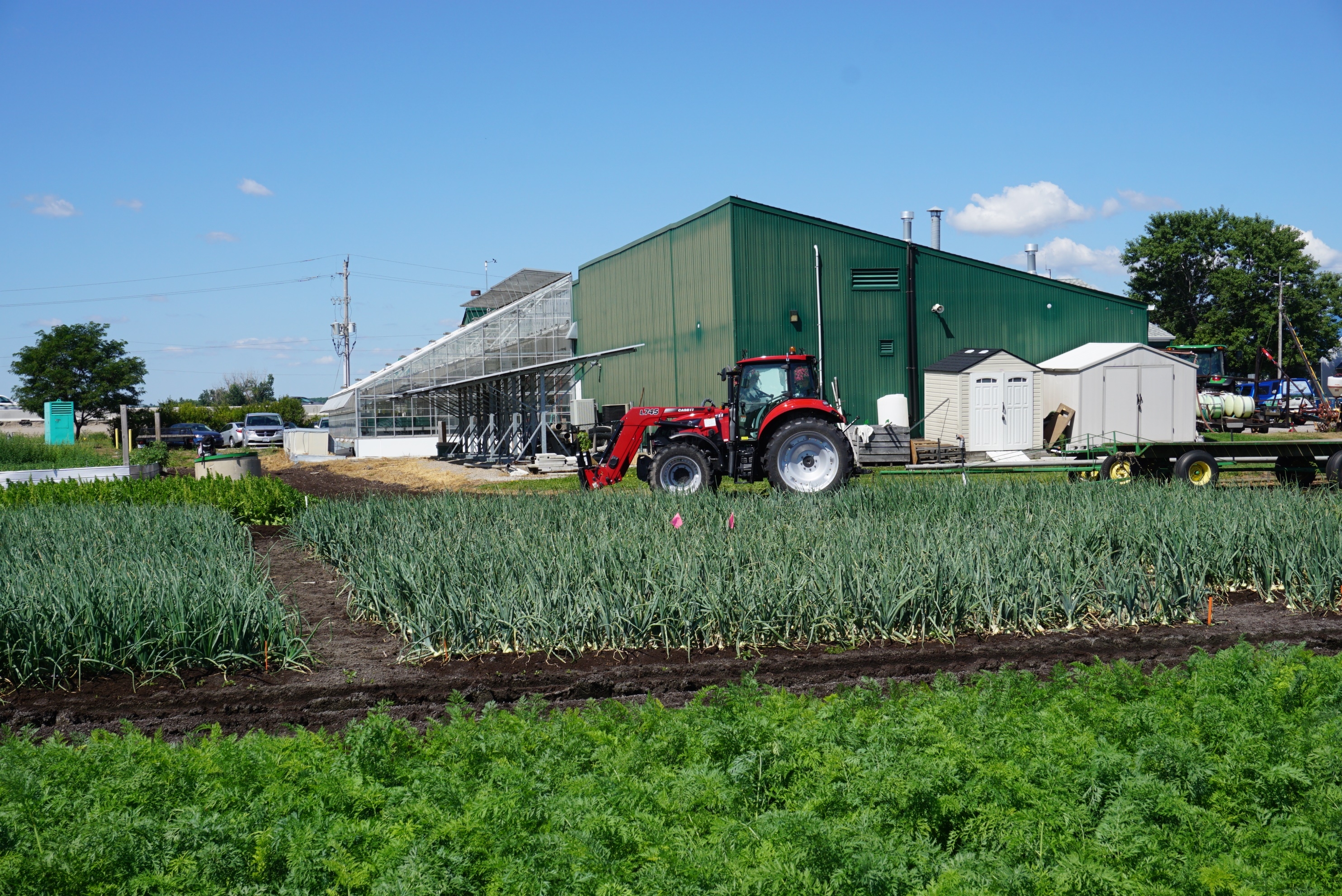
Features
Production
Research
Innovative technologies help Holland Marsh growers protect crops
November 27, 2017 By Agricultural Adaptation Council

November 27, 2017, Guelph, Ont – Collaboration between vegetable growers, a farm organization, and a grower co-operative is leading to improved plant health and more efficient vegetable production in the Holland Marsh.
The Bradford Co-op, the Fresh Vegetable Growers of Ontario and individual vegetable growers in the Holland Marsh are collaborating on a project with the University of Guelph to test innovative technologies that will make their Integrated Pest Management (IPM) programs for key crops like onions and carrots more efficient and cost effective.
“We work together with industry partners and growers to fund and collaborate on our IPM programs in the Marsh,” explains Matt Sheppard, Bradford Co-op general manager. “There is tremendous value in early detection and this project is helping us identify issues in real time so we can provide the correct advice and solutions to growers.”
Weekly photos are taken of the vegetable fields in the marsh using an octocopter drone. Lead researcher Mary Ruth McDonald and her team at the University of Guelph’s Muck Crops Research Station run the IPM program and use the images for early detection of diseases and insects so growers can take appropriate measures to protect their crop and prevent or minimize damage.
Downy mildew, which causes lower yields and decreased storability, is the most damaging disease for onions in the area; Stemphylium leaf blight is also a significant concern.
“The technology we are able to access through this project makes our crop scouting program more effective and lets growers be proactive instead of reactive when it comes to crop protection,” explains Sheppard. “It’s very quick for a grower to have a problem area identified early and then decide how to treat it correctly to keep the crop healthy.”
Using information generated from the aerial images to prevent or minimize problems means less and more targeted use of crop protection materials, resulting in immediate savings of $5,000 to $50,000 per grower depending on the crop and the size of the farm.
More importantly, though, use of the technology ultimately ensures growers can keep supplying the market with quality produce and consumers have access to locally grown vegetables.
The marsh’s unique soils mean growers in the area have to work together to find solutions for their crop challenges, says Sheppard, adding that funding from Growing Forward 2 has been instrumental in bringing the collaboration together.
“Muck soil like ours doesn’t exist in other areas so we have to be self-sufficient and proactive to find solutions,” he says. “The technology is expensive so it’s something we wouldn’t be able to initiate on our own, but the investment with GF2 has allowed us to access the funds to make it happen.”
Print this page